Many of us remember our own childhood fondly, and often reminisce fondly of the time we spent playing with our other friends in and around the local taman. Sadly, many children today will have vastly different memories. They are far more likely to have spent more time with a digital gadgets than with their peers.
This exposure to high-tech gadgets often starts at a young age, and while they do a good job of keeping him distracted, there will be repercussions to his health and development in the long run. These ‘digital nannies’ are increasingly becoming their play pal of choice. From playing their parents’ smartphones to tablets, far too much time is spent on these gadgets instead of going out and playing with friends.
Lack of Physical Activity
One important yet frequently overlooked aspect of overusing the digital nanny is that it is a sedentary activity. Time spent here means less time spent on more beneficial physical activity. There are many studies that link physical activity to better sleep and attention, and this is especially true for games or sports that involve some form of physical activity.
The numerous benefits of regular physical activity include giving your child a boost in his creative thinking, social skills (e.g. learning to present and share ideas, negotiating), strengthening his muscles and bones, decreasing his risk of non-communicable diseases (such as heart disease or diabetes), helps improve his quality of sleep and also means that he is likely to be better motivated to perform academically. Physically active children also benefit from a boost in their cognitive development and physical skills, as well as improved social and emotional well-being.
The Ministry of Health Malaysia recommends that all children get a minimum of 60 minutes of moderate-intensity physical activity daily. This should preferably take place in a safe environment. Thankfully, you do not have to do all 60 minutes in one session! You can accumulate it throughout the day, e.g. three 20-minute sessions, in order to achieve this.
Encouraging Physical Activity
Encourage your child to be physically active for at least an hour or more daily. This does not have to be accomplished in one continuous stretch. It can be broken into two or more sessions that add up to 60 minutes.
Here are some oldskool games that used to be played by children back in the 80s and 90s. Names and how it’s played may differ between era or states:
Batu Seremban or 5 Stones
How it’s played: Throw all stones (or tiny beanbags for lesser pain) on the ground. Pick a stone to throw in the air, then quickly snatch up one stone and catch the one in the air before it falls. This is repeated for the other stones still on the ground. Different variations include picking up multiple stones at a time and coordinating using both hands.
Chapteh or feather ball
How it’s played: This game requires good balance and dexterity as players need to keep a feathered shuttlecock in the air for as long as possible using mainly their feet.
Ketingting or hopscotch
How it’s played: Players take turns to throw an item (i.e. tissue pack, coin purse) into one of the numbered boxes, then hops in (skipping over the item) and only picking it up on the way out.
Hide ‘n’ seek
How it’s played: The ‘seeker’ counts down; once ready, he starts hunting for the ‘hiders’ whose objective is to then reach the home-base (usually the spot where the seeker counts down). ‘Hiders’ are either tagged or, called out when found.
Lompat getah
How it’s played: Players attempt to jump over a rope made from weaved rubber bands, starting from a low height and gradually going higher.
Eagle & Mother Hen
How it’s played: Best played in a large group, one player is the ‘Eagle’, one is ‘Mother Hen’, and the rest will be the chicks. The Eagle’s objective is to catch the last chick (who will then take his place, or is out of the game) while Mother Hen does her best to protect her ‘chicks’. The chicks will all be behind Mother Hen, with only one holding her while the others lined up holding on to one another.
Tarik upih
How it’s played: One person sits on the flower-sheath of a betel nut or nibong palm whilst being pulled along by another. This can turn into a fun race between teams.
Safety First
Many of these games evolved from utilising one’s creativity. For instance, a game of carrom can be made using bottle caps, or hopscotch can be played on large floor tiles. While there are no fixed rules on how it is played, what can be used or type of play area, always make safety your main priority by ensuring that there is at least one adult on hand to supervise the play at all times.
You may also add extra safety by setting up boundary areas, especially for outdoor games (e.g. an automatic loss if they go out of the boundary area), which would help prevent them from running onto the road in the middle of hide ‘n’ seek as an example.
Remember that as parents, you need to find a solution that does not rely on high-tech gadgets and to get your toddler or child more physically active, but to also do it in a safe manner. As you are his best role model, make it a point to lead by example by spending less time with your gadgets and more time being involved with his activities.
An educational contribution by Malaysian Paediatric Association.

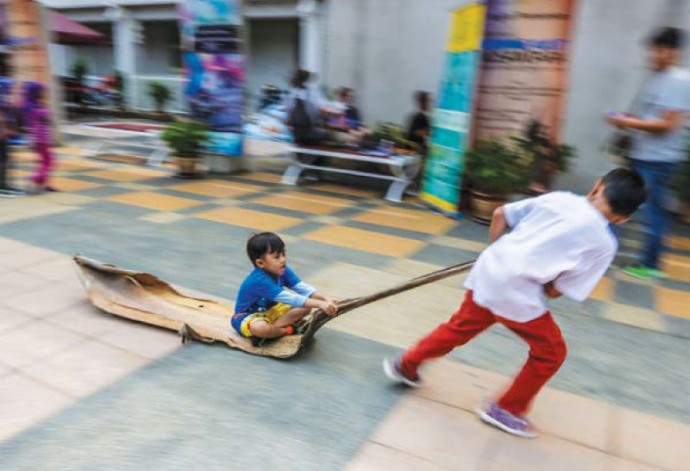
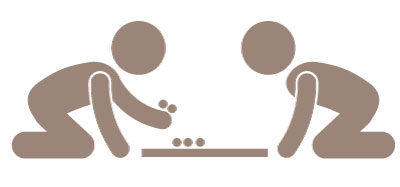
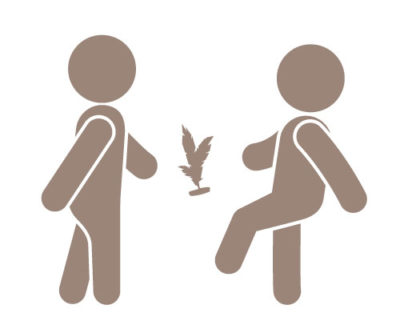
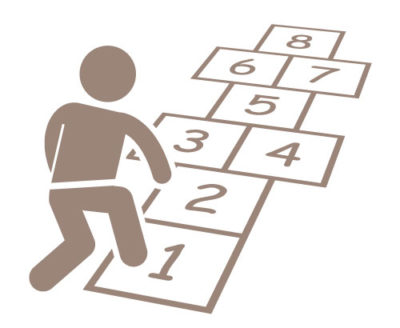
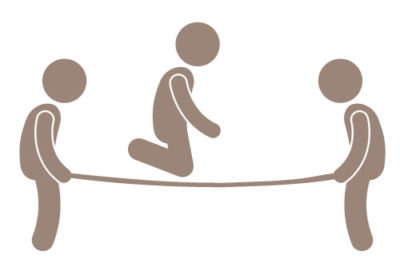
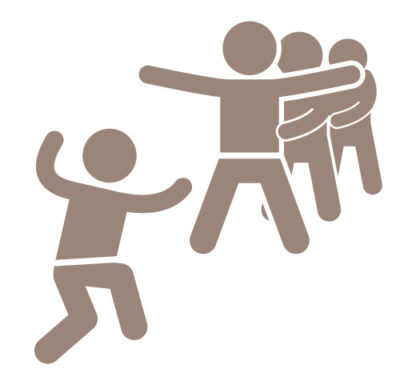

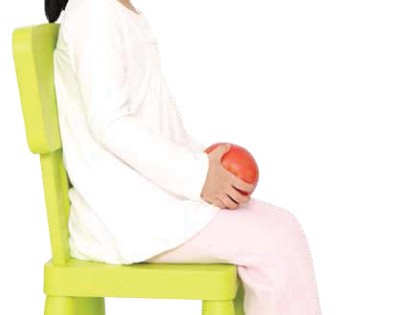


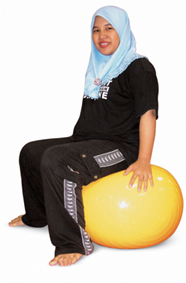
Comments